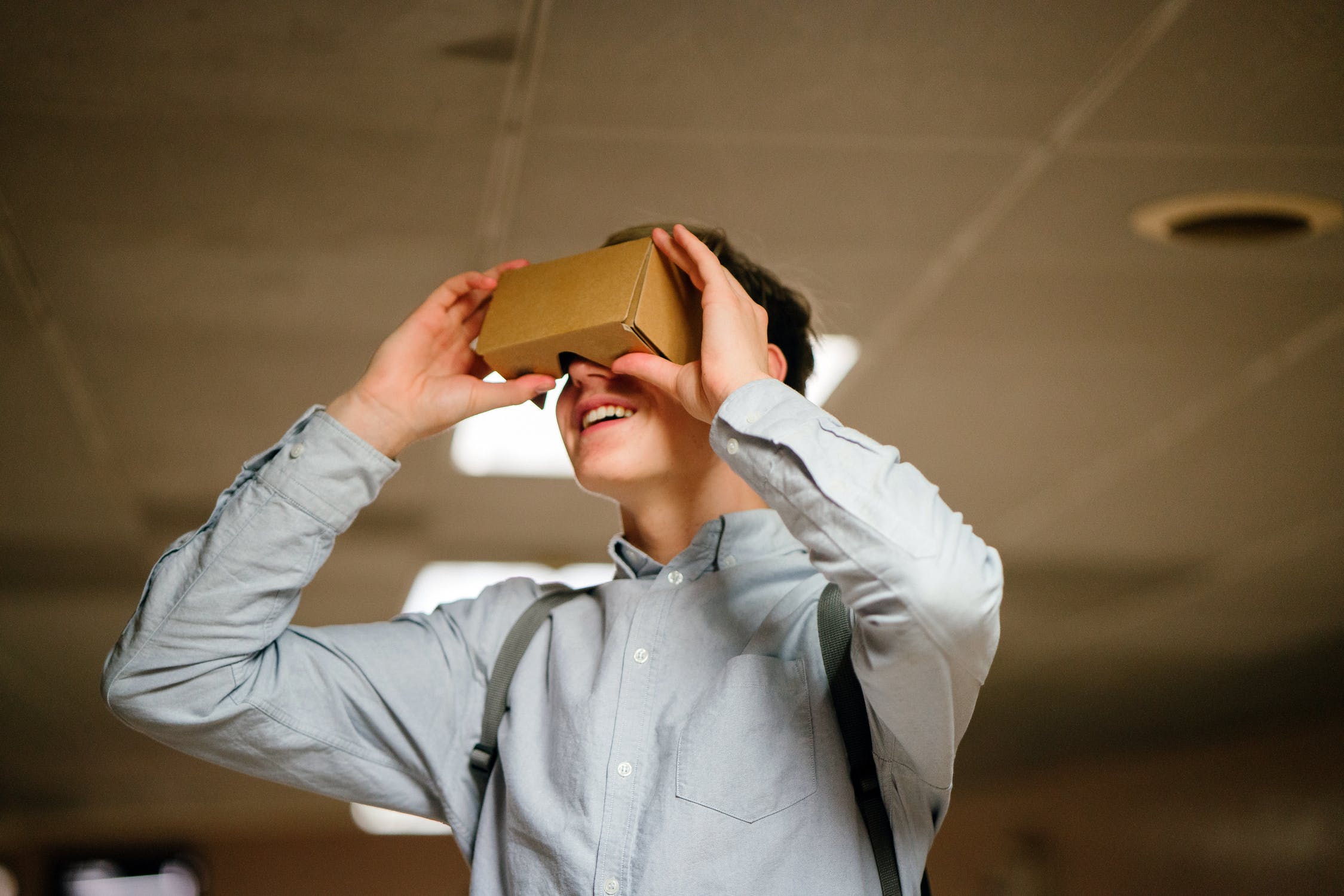Augmented reality is penetrating deeper and deeper into our daily lives and becoming an integral part of business, science, and art. In an effort to be in the trend, large companies are presenting their products using it, and museums and exhibitions are being moved into virtual space. Another reason to learn more about augmented reality is the pandemic, which has become a key event in hundreds of countries in 2020. Famous brands have gone online, and many of them did not miss the opportunity to show their customers something fundamentally new. Web AR was not chosen by developers by chance.
The history of Web AR
Modern smartphones are as powerful as computers and laptops of the last decade. Therefore, the priority in the development of Web AR at the moment is precisely the mobile version of objects embedded in our reality. But this was not always the case. Previously, developers focused on the PC, which somewhat limited the scope for creativity. After all, people rarely take a heavy and not very mobile device with them. That means they can only access content in the classic way: by clicking on a link.
But the essence of augmented reality in the browser is precisely the fact that the technology can be used without installing third-party applications, by scanning, for example, a marker in the street or in a cafe. That is why developers today devote so much time to creating content for smartphones. The 8th Wall is one of the latest developments to enable webAR online. Another new tool is Augmania, with which you can quickly launch your page with augmented reality objects without deep knowledge in this field.
Google has created two experimental browsers specifically to introduce new technologies. WebARonARCore and WebARonARKit were developed by its experts for Android and iOS, respectively. Both products have not yet been officially released.
Features of Web AR
Browser-based augmented reality for smartphones has a number of features that distinguish it from similar content in dedicated applications.
- You don’t need a special app for Web AR. A regular browser is enough.
- It’s easy to set up marketing analytics. Connecting the site to services that collect statistics, it is convenient to get geographical coordinates, demographic characteristics and other information about users.
- Ability to add a CTA button. It is extremely important for selling websites to place it so that the user can leave contact information or make an order, examining the offer.
- Rich content. Browser-based augmented reality for tablets and smartphones supports 2D and 3D graphics, animations and other formats.
- Image-marker tracking. If a QR code or just a picture placed on a flat surface is chosen as an activator, the device reads it without difficulty.
- Different ways of activation. Web AR can be marker and markerless, tied to geolocation, it can also be hidden behind a direct link.
- Game content. Even simple games with uncomplicated mechanics, translated into augmented reality, make a website visitor excited.
- Cross-platform. With any modern smartphone model it is possible to view content that augments our familiar reality.
Prospects for the development of Web AR
Augmented reality for the browser is the most promising when compared to its use within individual applications. The latter is appropriate in areas such as science, design, architecture and art. For viewing 3D and 2D models as entertainment or sales content is much more convenient to use a conventional web browser.
Seeing this trend, developers are devoting more and more time to creating and improving tools that would make AR more accessible to the user. In the future, optimized, user-friendly and intuitive browser versions of familiar apps await us.
